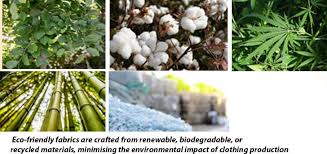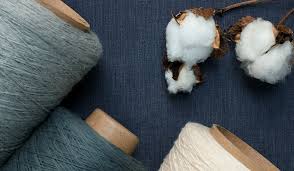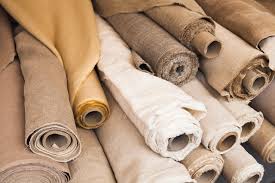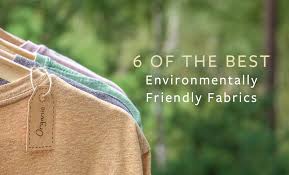
What makes streetwear more than just fashion? Why has it become a cultural touchstone, influencing everything from music and art to politics and identity?
Streetwear has transcended its underground roots, evolving into a global force that blends style with statement. Once confined to the fringes of skate parks and hip-hop scenes, today’s streetwear is a multi-billion-dollar industry with a loyal, diverse consumer base. According to insights from the Streetwear Impact Report, the movement isn’t just about what people wear—it’s about why they wear it.
Driven by authenticity, fueled by community, and often defined by exclusivity, streetwear has disrupted traditional fashion models. A closer look at consumer spending habits reveals how much people are willing to invest monthly in the latest drops, limited editions, and statement pieces. Whether it’s the latest footwear collab or iconic T-shirts and hoodies, this culture thrives on a unique blend of affordability, aspiration, and identity.
But the real question is—what’s driving the streetwear scene right now?
This blog explores the latest streetwear trends, unpacking the shifts in style, influence, and consumer behavior that are shaping the future of the industry. Whether you’re a brand strategist, a retail enthusiast, or someone who lives for the next HYPEBEAST-worthy fit, this deep dive will give you an insider’s view into a culture that’s as dynamic as the people who wear it.
Oversized and Relaxed Silhouettes: The Art of Dressing Big Without Looking Sloppy

Ever wondered why your Instagram feed is suddenly flooded with oversized hoodies, baggy cargos, and wide-leg jeans? You’re not alone. The rise of relaxed silhouettes has taken over the streetwear scene—and it’s not just about comfort, it’s a statement.
Why Oversized is In
In today’s fashion landscape, oversized and relaxed fits are no longer reserved for lazy days or lounging. They’ve become central to how streetwear fans express individuality. This trend is less about hiding and more about highlighting a certain effortless cool—one that communicates confidence, creativity, and a rejection of rigid style rules.
- Cultural relevance: Oversized fits echo the roots of streetwear, with deep ties to hip-hop/rap influence, where loose clothing became a symbol of resistance and authenticity.
- Practical style: As more consumers lean into function, relaxed pieces offer flexibility—perfect for layering, moving, and transitioning from day to night.
- Genderless appeal: The silhouette blurs traditional lines, making it popular among all genders, reinforcing community aspect and inclusivity within the culture.
Style Without Sacrificing Shape
Worried about looking swallowed up in all that fabric? The trick is in balancing proportions:
- Start with one statement piece – Think oversized hoodie or baggy jeans.
- Pair it with something fitted – Like slim joggers or a snug tank top.
- Use layering to your advantage – Long tees under jackets or cropped outerwear over loose tees add dimension.
This approach keeps the look intentional, not accidental.
The Power of the Hoodie and the Tee
No discussion on relaxed silhouettes is complete without the streetwear staples: T-shirts and hoodies. These aren’t just basics—they’re canvases. Whether it’s a limited-edition drop or a subtle logo placement, these items often tell a story, evoke nostalgia, or nod to a brand’s legacy.
And here’s the thing: these pieces are often surprisingly accessible, feeding into the delicate balance of affordability and exclusivity that defines streetwear culture. Limited runs keep the hype alive, while basic fits ensure anyone can tap into the trend without breaking the bank.
In the Bigger Picture


The oversized trend isn’t just about size—it’s about self-expression in an era where people are rewriting the fashion rules. Consumers are shifting how they see clothing: not just as utility, but as identity. This shift is a key point in the evolving retail model of streetwear, where consumer taste drives production, not the other way around. So next time you pull on that oversized hoodie or wide-leg pant, know this: you’re not just wearing a trend—you’re participating in a cultural conversation. And that’s what streetwear is all about.
Conclusion: More Than Hype—Streetwear as a Cultural Force


So, where does streetwear go from here?
As we’ve explored throughout this post, streetwear is more than just a trend—it’s a mirror reflecting shifts in identity, community, and culture. From consumer spending habits to the evolution of authenticity and brand legacy, streetwear has proven it’s not a passing phase—it’s a movement.
It’s about more than what’s on the rack. It’s about what resonates with you—your story, your vibe, your community. Whether you’re drawn to a brand because of its exclusivity, its roots in hip-hop/rap influence, or the sense of belonging it fosters, your choices are part of a larger dialogue. One that continues to shape the global fashion narrative.
Ask yourself:
- What does your streetwear say about you?
- Are you chasing hype, or making a statement?
- And how will your style evolve as streetwear continues to redefine boundaries?
We’re in a moment where social media communication and the resale market are as much a part of the fashion cycle as the designs themselves. Where streetwear functions as both a political statement and a personal one. And where the blurred lines between luxury and everyday wear are redefining how we measure influence.
As the industry grows—fueled by drops, collaborations, and digital communities—don’t just follow the trends. Question them. Embrace what feels real to you. That’s where the heart of streetwear lives.
And as long as people crave authenticity, community, and self-expression, streetwear isn’t going anywhere. It’ll keep evolving—just like the people who wear it.

 Cart is empty
Cart is empty 


